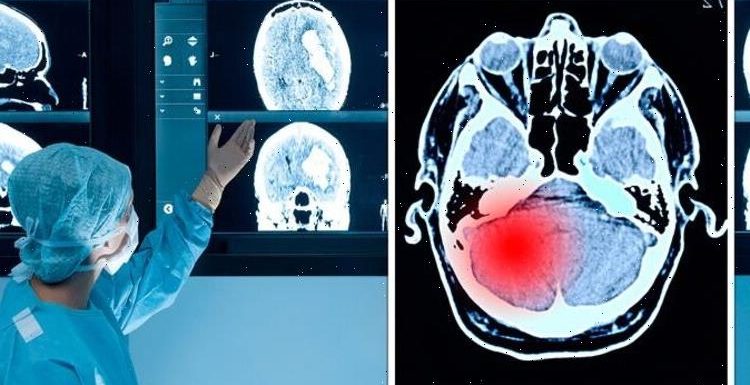
Morgan Freeman has brain scan in search of God’s existence
We use your sign-up to provide content in ways you’ve consented to and to improve our understanding of you. This may include adverts from us and 3rd parties based on our understanding. You can unsubscribe at any time. More info
Known as working memory, it is the part of the brain that allows humans to temporarily hold on to and manipulate information for short periods of time. This is used when we complete tasks like remembering a phone number or writing down directions. For decades, scientists have wondered where the brain encodes these memories.
One theory relies on special “storehouses” in the brain, separate from where the brain handles incoming sensory information or long-term memories.
Another theory was that working memory is essentially an emergent phenomenon – and the same brain cells light up when you first read through a phone number as do when you run through that number again.
But now, the “secret code” has apparently been cracked in a “fundamental step forward” in this field of research.
The new study, published April 7 in the journal Neuron, challenges both these.


Experts say that working memory operates one step up from sensory information gathering.
It extracts only the most relevant sensory information from the environment and then sums up that information in a relatively simple code.
Senior study author Professor Clayton Curtis told Live Science: “There have been clues for decades that what we store in [working memory] might be different from what we perceive.”
To reach this conclusion, the team used a brain scanning technique called functional magnetic resonance imaging (fMRI).
This measures changes in the blood flow to different parts of the brain – active cells require more energy and oxygen.

It was used to scan the brains of nine. volunteers while they performed a task that engaged their working memory
Prof Curtis explained: “We predicted that participants would recode the complex stimulus into something more simple and relevant to the task at hand.
The researchers theorised that their brain activity would reflect only those specific to the task.
And that is apparently exactly what they saw.
Their analysis found that, instead of encoding all of the fine details of each graphic, the brain stored only the relevant information needed for the task at hand.
DON’T MISS:
Putin’ has a ‘doomsday plane’ that can withstand a nuclear blast [INSIGHT]
Bizarre ‘portal from hell’ opens up in California lake [REVEAL]
Bulgaria and Greece break EU ranks with new nuclear plan [REPORT]


This is the “secret code” of the working memory.
It occurs in the visual cortex, where the brain receives and processes visual information, and the parietal cortex, a key region for memory processing and storage.
They believe that working memory essentially acts as a bridge between what we see or hear – like a phone number – and the action we then take.
Derek Nee, an assistant professor of psychology and neuroscience at Florida State University, said: This study, in identifying a representational format that resembles neither what was perceived nor what will be done but can be clearly read out from visual signals, offers an unprecedented look into this mysterious intermediate zone between perception and action.”
Source: Read Full Article